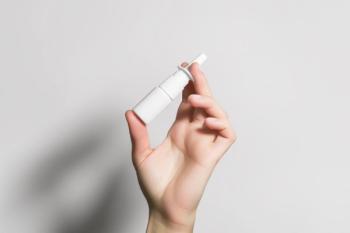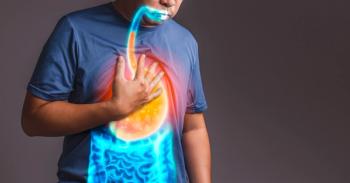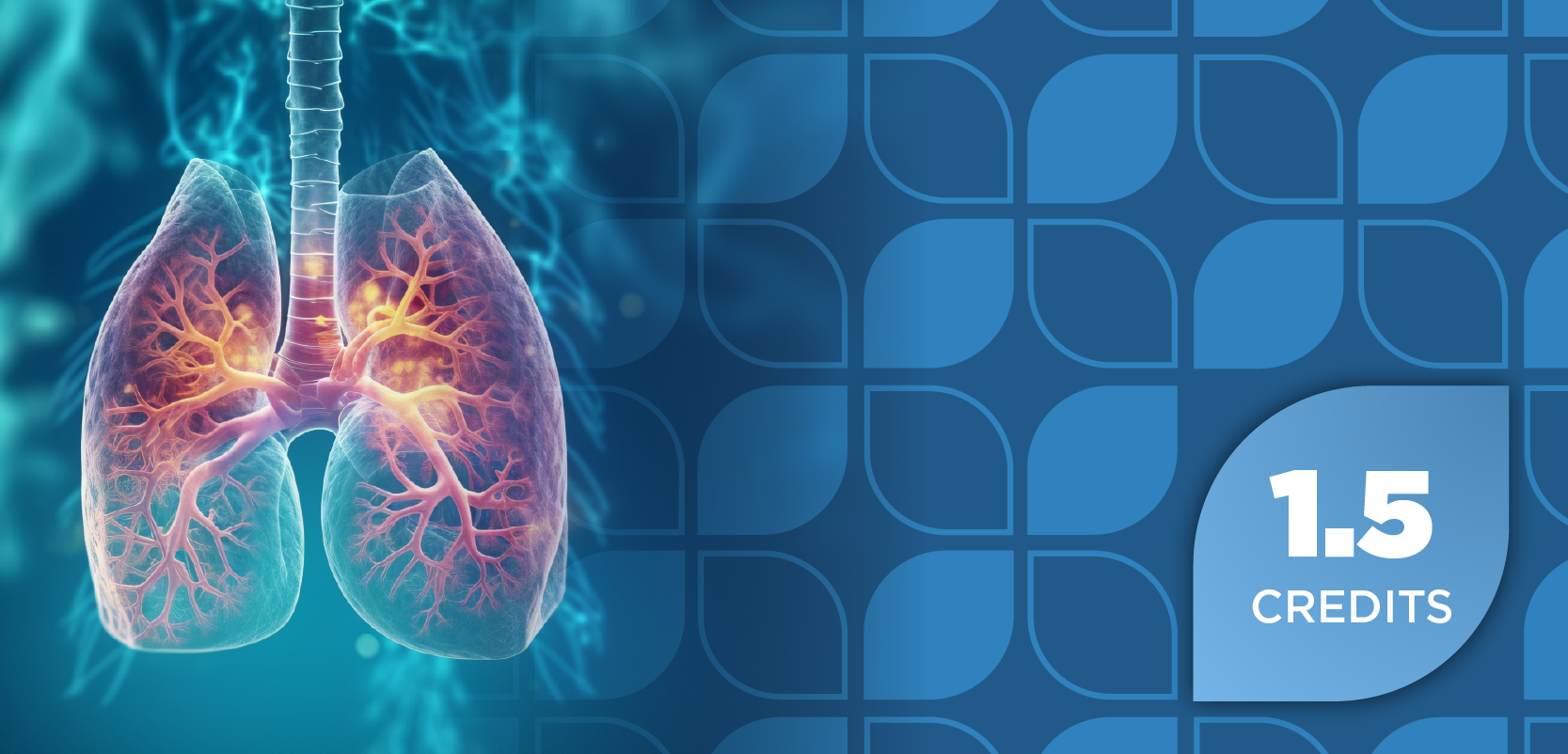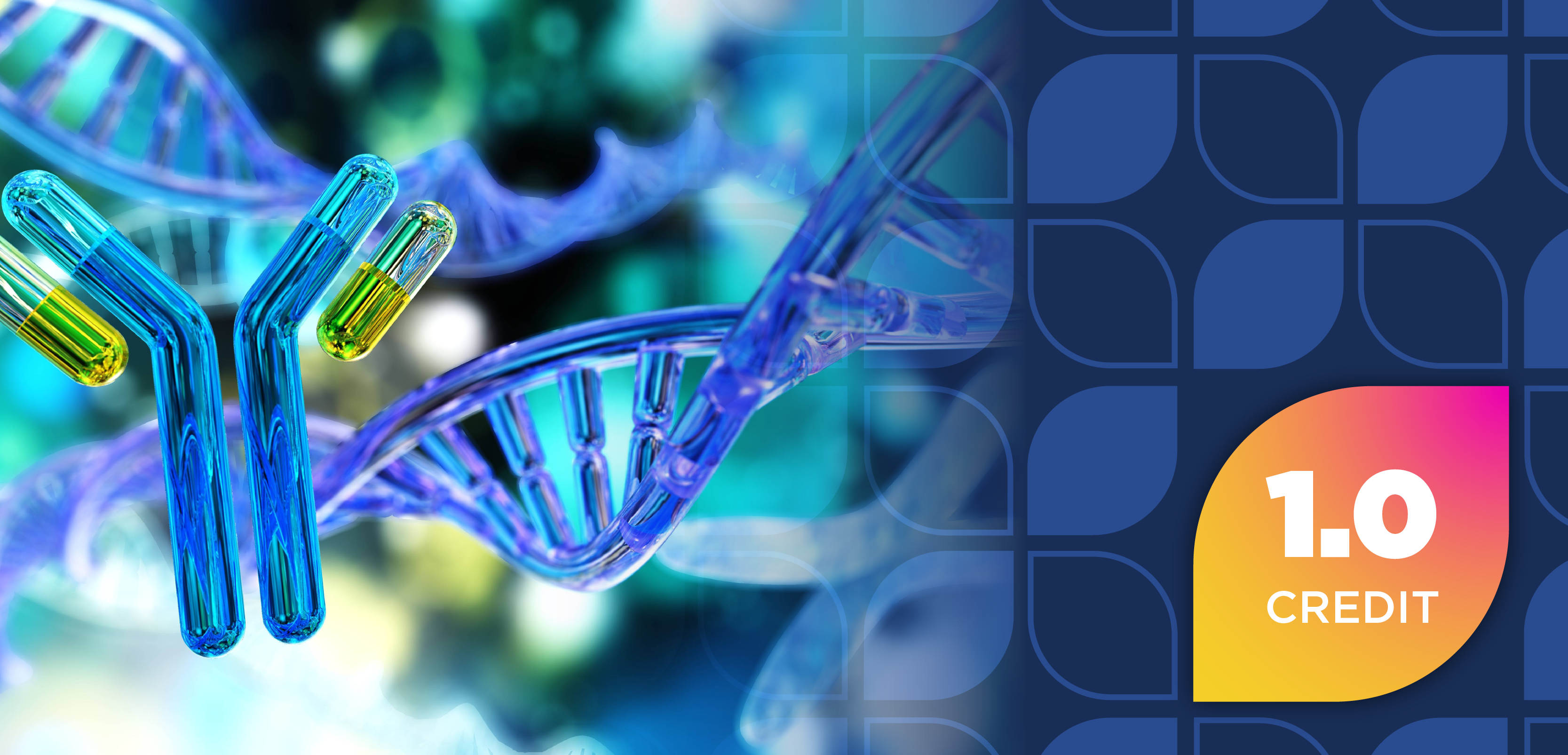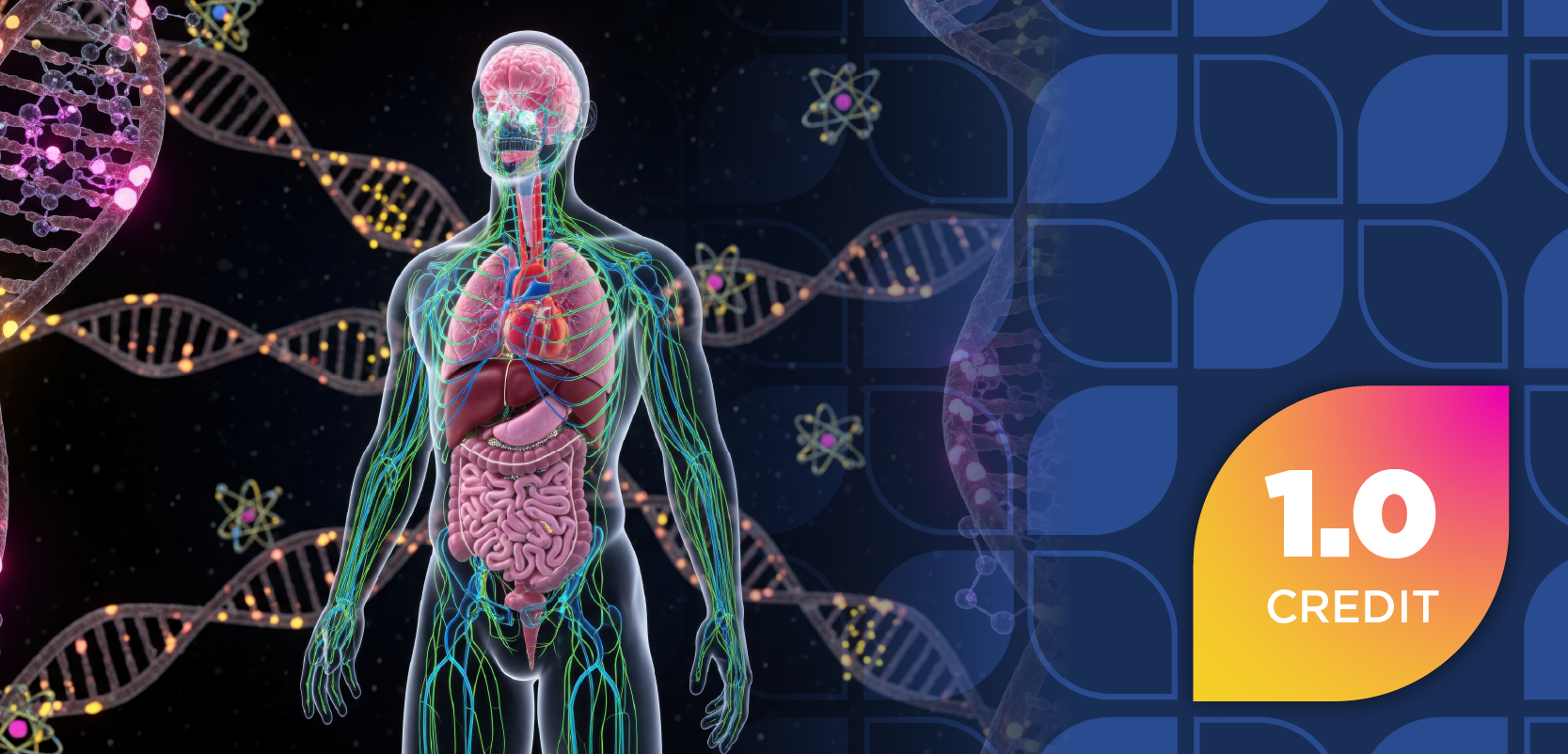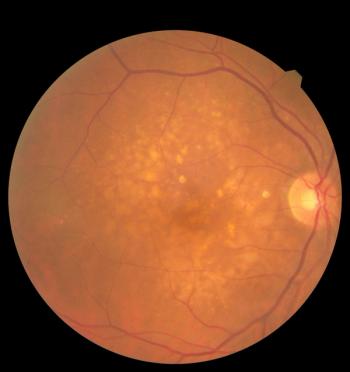
Tongue Stimulation Plus Cognitive, Physical Rehabilitation Induces Neuroplasticity in Multiple Sclerosis
Central nervous system lesions may impede cognitive and sensorimotor function in patients with MS.
Portable Neuromodulation Stimulator (PoNS) can improve working memory and motor performance, while driving neuroplasticity in patients with multiple sclerosis (MS).
Patients with MS have central nervous system (CNS) lesions that may hinder cognitive and sensorimotor function. However, there are few therapies available to help address these issues in individuals with MS.
Functional electrical stimulation has demonstrated efficacy in improving gait, but only when the stimulator is active. Prior research shows that the tongue may be an effective interface for conveying electrical signals to the CNS.
In a
A cranial nerve noninvasive neuromodulation (CN-NINM)—–a form of electrotactile stimulation delivered by a PoNS that sends a series of electrical pulses via a tongue electrode array––was used to try to improve balance and gait problems in patients with MS, according to the authors.
A total of 14 patients with
Prior to the start of CN-NINM training, all participants underwent baseline evaluations, including structural and functional magnetic resonance imaging (fMRI), sensory organization test (SOT), Dynamic Gait Index (DGI), and neuropsychological assessment. Furthermore, the MS Impairment Scale, Fatigue Impact Scale, Cognitive Function Inventory for MS, and Beck Depression and Anxiety questionnaires were completed.
During the 2-stages of CN-NINM training, the participants completed twice-daily training sessions under the supervision a CN-NINM certified trainer for 2 weeks, excluding weekends. The morning and afternoon sessions consisted of 90-minute physical therapy sessions, and were separated by a 3 to 4 hour break. Therapy consisted of warm-up, balance, gait, motor control exercises, and breathing and awareness techniques (BAT). The participants also performed a BAT session using the PoNS at least 1 hour before bed.
Stage 2 consisted of 12 weeks of at-home training, where participants performed the same exercises as those learned during the in-lab phase. During both stages, the participants underwent 3 sessions per day in the morning, afternoon, and evening.
Every 2 weeks, the participants returned for revaluation and any adjustments to their programs. The bi-weekly sessions also included SOT and DGI reassessments. Following the 14 weeks of training, the tests that were conducted at baseline—–SOT, DGI, Neuropsychological Assessment (NA), and structural and fMRI––were conducted again.
The results of the study showed that on the SOT, the active group showed significant improvement from baseline. In the active group, the fMRI showed significant blood oxygen level-dependent signal changes in the left primary motor cortex, while the sham group demonstrated increased activity in bilateral premotor cortices.
All of the study participants improved on working-memory tasks, according to the study. However, only the active group showed an increase in dorsolateral prefrontal cortex activity.
“In this cohort of MS patients, the results suggest that PoNS stimulation can enhance motor performance and working memory while also driving neuroplasticity,” the authors concluded. “Further studies are warranted to explore these findings.
Newsletter
Stay informed on drug updates, treatment guidelines, and pharmacy practice trends—subscribe to Pharmacy Times for weekly clinical insights.

